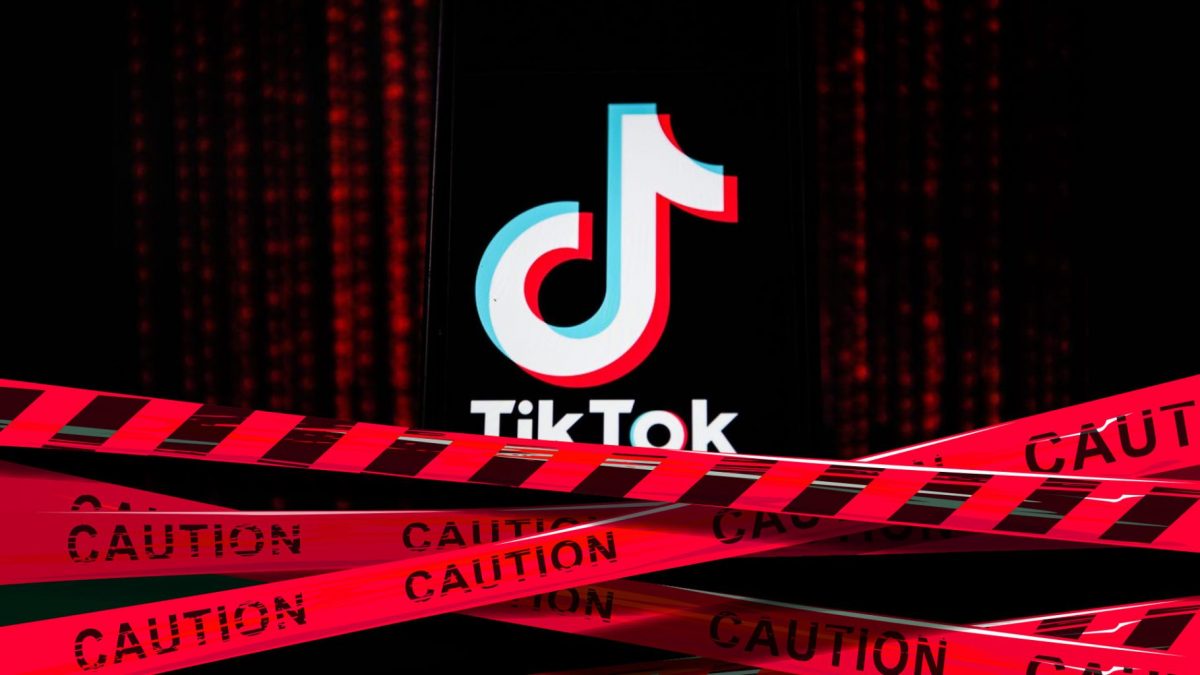Although investing in new technologies often requires new business models and changes in organizational culture, firms frequently react in a static and rigid way in their attempt to change. This phenomenon is also referred to as inertia: “everything which remains in the stagnant situation or a constant movement unless an external force activates it“.
It seems that inertia against change is unavoidable in many firms. Inflexibility withholds firms to adapt to environmental changes which results in individual stagnancy and eventually inertia in the whole firm. Even for successful firms, resistance to change leads to difficulties in reconfiguring their business model. It is thus fundamental to overcome barriers to change in order to keep up with emerging technology trends (Moradi, Jafari, Doorbash & Mirzaei, 2021).
Research shows that getting input for innovation processes from outside the firm (so-called innovation) is a way to overcome the negative impact of inertia by accelerating structural changes. Open innovation is defined as the “purposeful use of internal and external knowledge flows for increasing the speed of internal innovation and developing the market for external use of innovation.” (Chesbrough, 2003, p. 33-58). It’s thus a two-way stream to make innovation more effective and efficient. In fact, research shows that open innovation has a significant effect on business model innovation (Huang et al., 2013). They also found proof to suggest that open innovation has a significant positive effect on a firm’s performance (Huang et al., 2013).
A famous example of a firm that embraced open innovation is the business case of LEGO. After avoiding bankruptcy in 2003, LEGO decided to employ open innovation businesses on both the process and production levels to achieve various types of innovative output. Their strategy was based on three key pillars: 1) learning from external firms through interviewing, 2) learning from employees through feedback and interviewing, and 3) creating micro pilots to test LEGO’s capabilities and consumer needs (Lindegaard, 2014). Thanks to the successful implementation of open innovation, LEGO was able to create a pipeline of creative product ideas and a platform to keep their end customers engaged.
Sources:
Chesbrough, H. (2003). The Logic of Open Innovation: Managing Intellectual Property. California Management Review, 45(3), 33–58. https://doi.org/10.2307/41166175
Moradi, E., Jafari, S. M., Doorbash, Z. M. & Mirzaei, A. (2021). Impact of organizational inertia on business model innovation, open innovation and corporate performance. Asia Pacific Management Review, 26(4), 171–179. https://doi.org/10.1016/j.apmrv.2021.01.003
Huang, H.C., M.C. Lai, M.C. Lin, L.C. & Chen, C.T. (2013). Overcoming organizational inertia to strengthen business model innovation: An open innovation perspective. Journal of Organizational Change Management, 26 (6) pp. 977-1002
Lindegaard, S. (2014) 3 Successful Open Innovation Cases: GE, Samsung and LEGO. [Online] Available from: https://www.linkedin.com/pulse/20141115202453- 46249-3-successful-open-innovation-cases-ge-samsung-andlego?trkInfo=VSRPsearchId%3A43274941430657186999%2CVSRPtargetId%3A 5939482912805122048%2CVSRPcmpt%3Aprimary&trk=vsrp_influencer_conten t_res_name.


